LET’S BE FWENDS ISSUE #20:
FOOL ME ONCE, SHAME ON ME. FOOL ME TWICE, SHAME ON YOU.
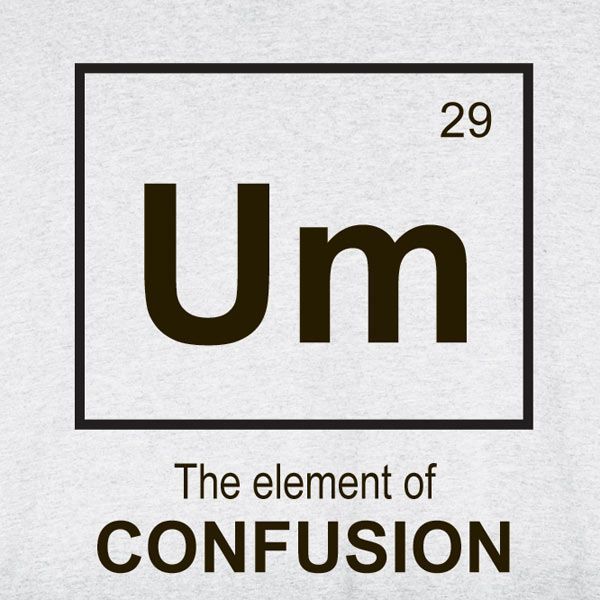
Source: unknown/multiple
Fooling the machines appears to be pretty easy
So much depends on machine learning and smart algorithms nowadays. From the video sensors in self-driving cars to the speech recognition software that powers Siri, Google Home or Alexa. No wonder people are probing them to find weaknesses and use them as attack vectors.
Here are just some current developments in that area:
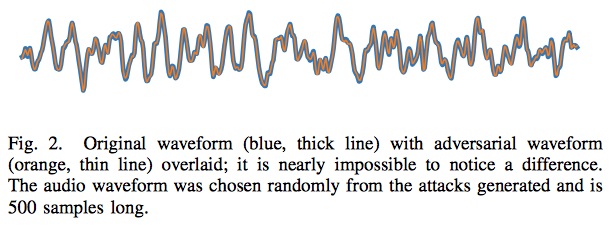
Researchers at Berkeley can take any audio inputand manipulate it in such a way that it stays 99,9% the same, but will be decoded by a certain speech recognition software in any way they like. Meaning they can inject voice commandos into any audio signal, undetectable by the victim of the attack.
Gives a whole new dimension tothat XKCD cartoon.
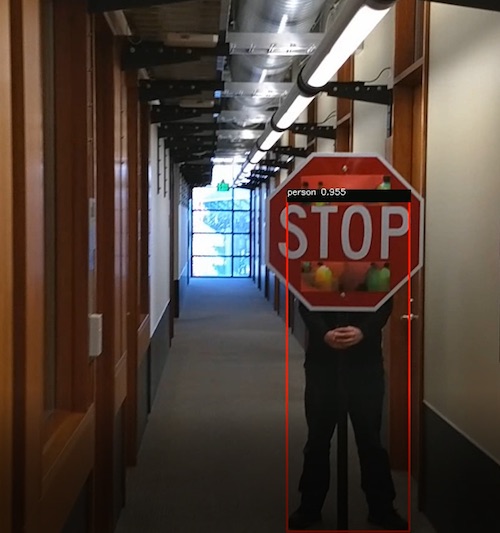
Robohub published a summary post of physical objects that can be used to attack image recognition algorithms. They show how simple stickers with image data designed to confuse the algorithm can make the software blind to certain objects. Researchers were able to make a STOP-sign invisible to the algorithm just by applied two such stickers to it.
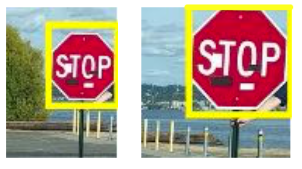
And researchers at the University of Michigan were able to trick a deep neural network intoconfusing a STOP-sign with a Speed Limit 45 sign.
Making something disappear from a Robo can be useful in the post-apocalyptic Terminator-infested wasteland that was L.A., but in 2018, it’s not really reassuring that you can make STOP-signs into Speed Limit 45 signs.
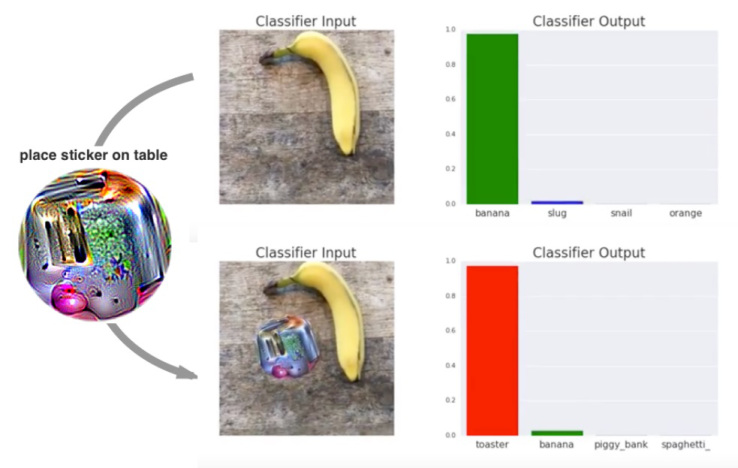
Engineers at Google have shownhow to distract an image recognition algorithm enough to make it miss the obvious object on an image. They created a sticker that will make the AI identify everything as a toaster, regardless of what else might be in the image.
This one actually might be useful, for example to foil mass surveillance and facial recognition.
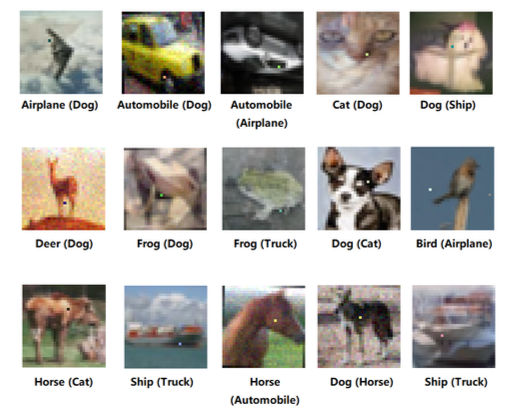
Scientists at Kyushu Universitycan fool common image recognition algorithms over 70% of the time, just by placing one special pixel on an image. If you look at the results, you get the impression the AI just threw its hands in the air and said „Beats me.You_tell_me_what that is!“Where does that leave us? The arms-race between attackers and defenders has just begun, and interestingly, the attackers seem to have the upper hand at the moment. Of course, the algorithms will be protected against these attacks. But this attack vector is here to stay, just like computer viruses.
But hey, humans can be tricked by pixels, too

It’s not just the bots. Humans also aren’t immune to getting it wrong when it comes to pixels. Check out this ad campaign.
Devious.
Your Data and Advertising
Here is a super-detailed blogpost about what the new General Data Protection Regulation that will come into effect on 25 May 2018.
Scan the examples and wireframes they provide, and you quickly see that this will be a major departure from how the online ad tech industry currently works And being totally compliant seems unattainable to most ad networks. The directive will be in full effect in little more than 4 months, and there appears to be little movement on the side of ad tech.
Don’t know about you, but I’ll grab some popcorn.
On Good Design

Do you know Dieter Rams? Even if the name isn’t familiar to you, I’m sure his work is. He was chief design officer of german brand Braun, and created countless classics (watch aficionados please note that the famous Braun timepieces were designed by Dietrich Lubs, although under the heavy influence of Rams).
Besides his relentless work as an industrial designer, he reflected on what design is, and what role it has in society. And more specifically, he asked: Is my design any good? As an answer to this question, he devised his now famous 10 Principles for Good Design:
Good design … is innovative makes a product useful is aesthetic makes a product understandable is unobtrusive is honest is long-lasting is thorough down to the last detail is environmentally friendly is as little design as possible
https://www.vitsoe.com/rw/about/good-design
A digital society is a designed society. Rams principles needed an update. With a broader application of design, the question about good design broadens as well. And Suzanne LeBarre has new answers to it:
Good design … is transparent considers broad consequences is slow is honest is political is mindful of systems is good writing is multifaceted takes risks is for people — and machines
https://www.fastcodesign.com/90154519/10-new-principles-of-good-design
And on a similar note …

Here are 13 ways to screw up a client presentation.
Can you measure good design? And if the answer is yes: How?

You can read this as a torching of Net Promoter Score, but it really is a stern reminder to be always careful when transforming emotions into numbers and feelings into aggregates. It seldom works.
Beautiful Pixel-Illustrations of vintage computers

Artistciara. makes beautiful 8bit-ish illustrations of vintage computers and other objects of interest. Check out thatGameBoyor thatApple.
Horses. Really smart animals.

That’s it from this edition of Let’s be Fwends. If you made it down here and still think that computers are pretty amazing then please high-five yourself you inspiringly optimistic and positive being! 👊
Subscribe to Let's be Fwends